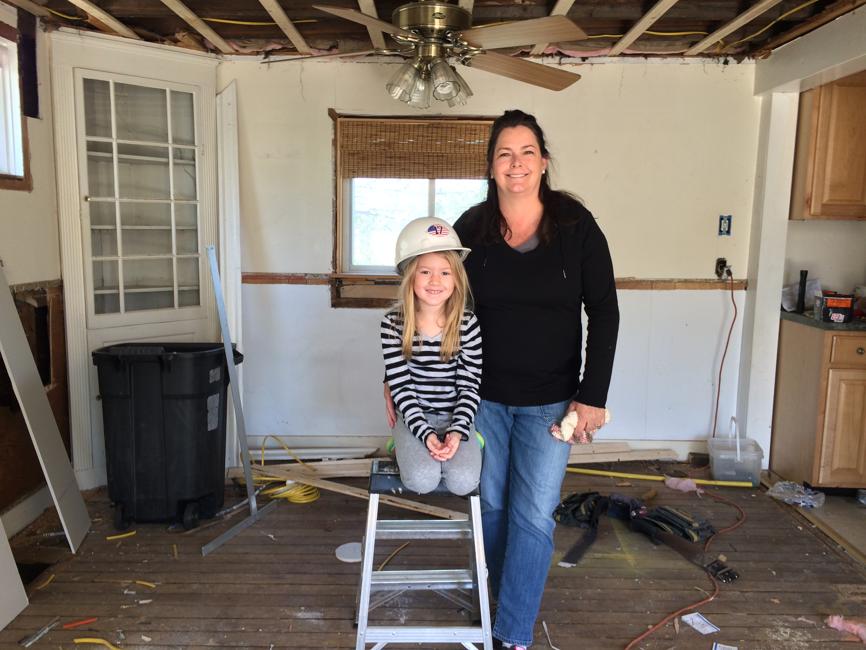

Historically, the construction industry has been a male-dominated field, but there’s a push to change all that.
Working construction can pay well — much more than fields typically populated by women, such as home health care, child care, and retail. A first-year building-trades apprentice earns $17 to $21 per hour, plus health insurance, a pension, step increases, and an annuity plan. And with state and federal labor offices estimating that the construction trades can expect 30 percent job growth in Greater Boston between 2012 and 2022, there is room for new workers.
A 1983 city ordinance mandates that construction firms put forth a good-faith effort to guarantee women work 10 percent of the hours on major projects. Nevertheless, in 2008, it was just 2 percent. But the number is rising — in 2014, women worked at least 4.4 percent of hours on these Boston building sites.
The Policy Group on Tradeswomen’s Issues (PGTI), comprised of union leaders, government representatives, community organizers, tradespeople, and researchers, is a driving force behind the increase. Its goal is 20 percent for women by 2020. Susan Moir, director of research for the Labor Resource Center at the University of Massachusetts Boston and co-convener of PGTI, has her sights set higher. “Women should make up 50 percent by 2050; there’s no reason why not,’’ Moir said.
Some women find their way into the building trades through friends and family, the traditional route. In 2011, Building Pathways, a six-week pre-apprenticeship training program was launched to introduce women and minorities to the industry. According to a case study published by the Initiative for a Competitive Inner City last fall, more than half of its 125 graduates were women.
There are also efforts to strengthen the pipeline from vocational schools to union-apprenticeship programs. On March 30, the first-ever Massachusetts Girls In Trades Conference drew more than 400 female students. Elizabeth Skidmore, business representative and organizer for the New England Regional Council of Carpenters and a PGTI member, said: “There are 3,000 high school girls in building-trade programs in Massachusetts. If we can get 10 percent of them to join union-apprenticeship programs, it would make such a difference. Imagine if we could get 90 percent.’’
Wentworth Institute of Technology is reaching out to high schools to attract underrepresented students, including young women. It works with grade-school pupils, as well, and holds annual Science, Technology, Engineering, and Mathematics programs on campus for regional members of the Girl Scouts of America. “It’s important for girls to have role models so they can see it is possible to have careers in construction and engineering,’’ said Zorica Pantic, college president. In addition, partnerships through Building Pathways and with industry leaders and companies lead to apprenticeships, mentorships, and scholarships within Wentworth’s associate’s- and bachelor’s-degree programs.
Once in the industry, women can face roadblocks, one of the more significant being child care. (Workers often are required to head to work long before day-care facilities open.) PGTI and Building Pathways are part of a team developing child-care solutions for women in construction.
As for the long-held belief that women simply don’t belong, the building trades are doing their “best to clean up the industry,’’ said Brian Doherty, general agent of the Building and Construction Trade Council of the Metropolitan District and president of the board at Building Pathways.
Marni Elyse Katz blogs about design at StyleCarrot.com. Send comments to Address@globe.com.



